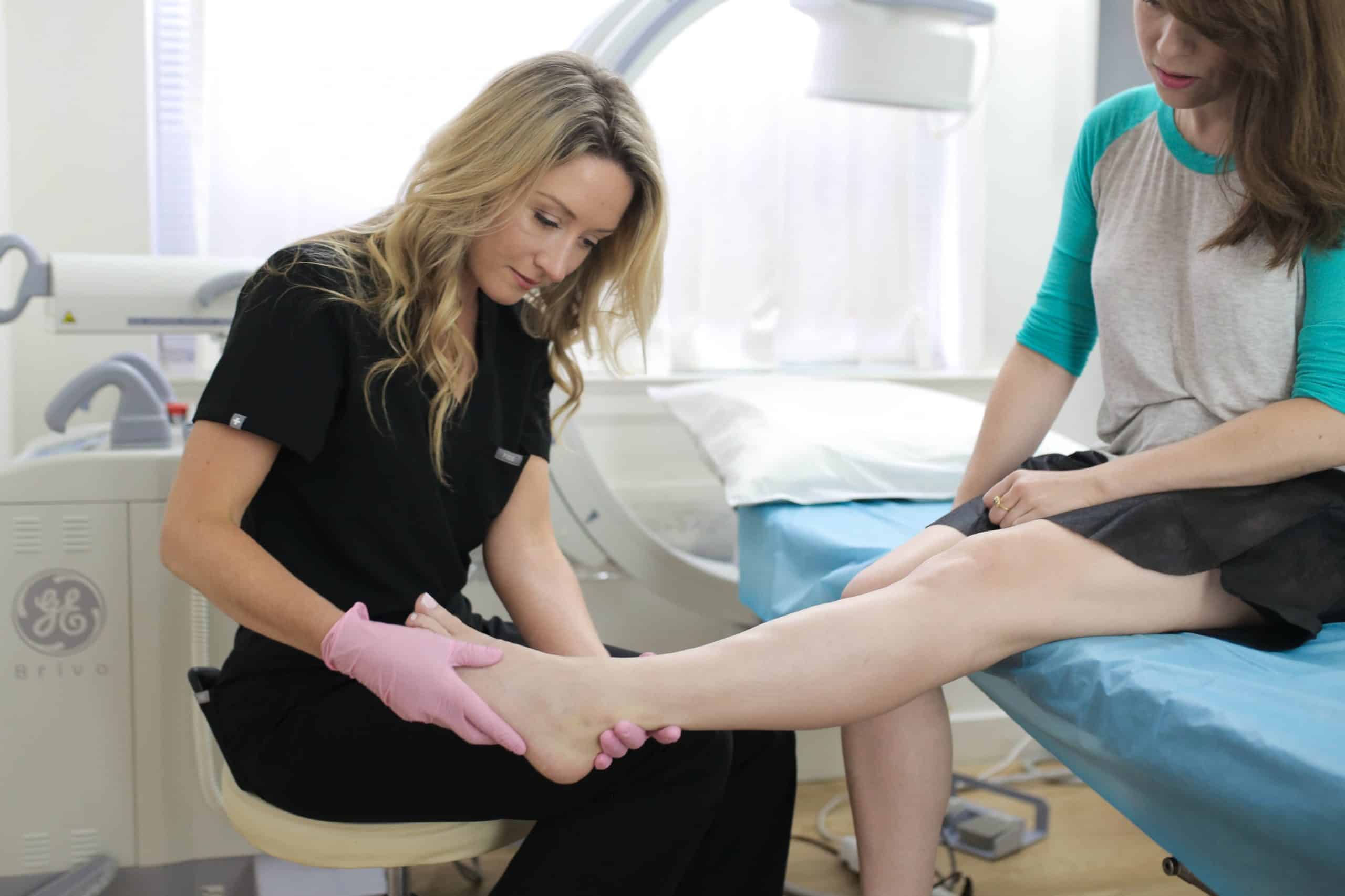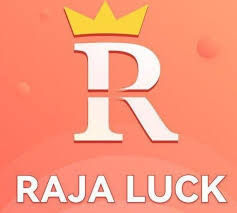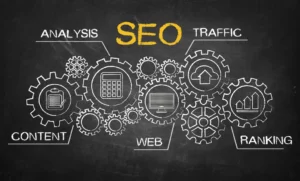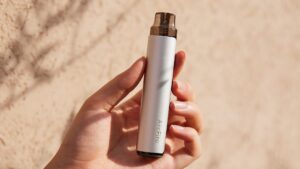What Are the Treatment Options for Varicose Veins? Vein Treatments for Spider and Varicose Veins
Varicose veins are swollen, twisted veins that are often visible under the skin. They primarily occur in the legs and feet and are a common health concern for many people, particularly as they age. Varicose veins can cause discomfort, pain, and even more severe complications if left untreated. Understanding the treatment options available for varicose veins is essential for anyone suffering from this condition. Whether you’re dealing with mild spider veins or larger, more prominent varicose veins, several treatments can help alleviate symptoms and improve the appearance of your skin. So, what are the treatment options for varicose veins? Let’s dive deeper into the effective vein treatments for spider and varicose veins.
What Are Varicose Veins and Spider Veins?
Varicose veins are often visible on the surface of the skin, appearing as large, bulging, and twisted veins. These veins occur when the blood inside them starts to flow backward due to damaged or weakened valves. Normally, veins carry blood back to the heart, but when the valves aren’t functioning properly, blood can pool, causing the veins to swell. Varicose veins are commonly seen in the legs because standing or walking upright increases the pressure in the veins of the lower body.
Spider veins, on the other hand, are smaller, web-like veins that can be red, blue, or purple. They appear near the surface of the skin and are often seen on the legs, but they can also appear on the face. Spider veins don’t usually cause the same discomfort as varicose veins, but they can still affect your appearance and cause some people to feel self-conscious.
What Are the Causes of Varicose Veins?
The exact cause of varicose veins is not always clear, but there are several factors that can contribute to their development:
- Genetics: A family history of varicose veins increases your risk of developing the condition.
- Age: As you age, the valves in your veins may weaken, leading to varicose veins.
- Gender: Women are more likely to develop varicose veins due to hormonal changes, pregnancy, and menopause.
- Obesity: Being overweight puts added pressure on your veins, making it more difficult for blood to flow properly.
- Pregnancy: The increased volume of blood during pregnancy and the pressure from the growing uterus can contribute to the formation of varicose veins.
- Sedentary Lifestyle: Prolonged periods of sitting or standing can cause blood to pool in the veins, increasing the risk of varicose veins.
What Are the Symptoms of Varicose Veins?
Varicose veins can present with a range of symptoms, including:
- Swelling or heaviness in the legs
- A dull ache or pain in the affected area
- Itching or burning sensations around the veins
- Cramping or throbbing in the legs, particularly at night
- Visible, bulging veins that are blue or purple in color
In more severe cases, varicose veins can lead to complications such as ulcers, blood clots, or skin infections.
What Are the Treatment Options for Varicose Veins?
When it comes to treating varicose veins, there are several effective options available. Treatment methods can vary depending on the severity of the veins and the patient’s overall health. The goal of varicose vein treatment is to reduce symptoms, improve appearance, and prevent complications.
1. Lifestyle Changes
For mild cases of varicose veins or as an adjunct to other treatments, lifestyle changes can be very effective. These can include:
- Exercise: Regular physical activity helps improve blood circulation and strengthens the veins. Activities such as walking, swimming, and cycling are particularly beneficial.
- Weight Management: Maintaining a healthy weight reduces the pressure on your veins and can prevent varicose veins from worsening.
- Elevating the Legs: Elevating your legs above the level of your heart can help improve blood flow and reduce swelling.
- Compression Stockings: These special stockings apply gentle pressure to the legs, helping veins return blood to the heart more efficiently.
2. Sclerotherapy
Sclerotherapy is one of the most common treatments for both varicose and spider veins. During this procedure, a doctor injects a solution directly into the affected vein. The solution causes the vein to collapse and eventually fade from view. This treatment is particularly effective for smaller varicose veins and spider veins. Multiple sessions may be needed depending on the size and number of veins being treated.
3. Laser Therapy
Laser therapy is a non-invasive treatment option that uses focused light to target and shrink varicose veins. This method is particularly effective for small to medium-sized veins. The heat from the laser causes the vein walls to collapse, and over time, the vein is absorbed by the body. Laser therapy requires no incisions, making it a low-risk option with minimal downtime. It’s especially effective for treating spider veins and smaller varicose veins.
4. Endovenous Laser Therapy (EVLT)
Endovenous Laser Therapy (EVLT) is a more advanced version of laser therapy used for larger varicose veins. In this procedure, a catheter is inserted into the affected vein, and laser energy is delivered through the catheter to close the vein. EVLT is minimally invasive and usually performed under local anesthesia, allowing for a faster recovery time compared to traditional surgery.
5. Radiofrequency Ablation
Radiofrequency ablation (RFA) is another minimally invasive treatment for varicose veins. In this procedure, a catheter is inserted into the vein, and radiofrequency energy is used to heat and close the vein. Similar to EVLT, RFA is performed under local anesthesia and has a short recovery time. It is particularly effective for larger varicose veins and provides similar results to laser therapy.
6. Vein Stripping and Ligation
For more severe cases of varicose veins, vein stripping and ligation may be necessary. This surgical procedure involves tying off and removing the affected veins. While vein stripping is highly effective, it is more invasive than other treatments and typically requires general anesthesia. Patients can expect a longer recovery time and may experience more discomfort compared to less invasive options.
7. Ambulatory Phlebectomy
Ambulatory phlebectomy is a minimally invasive procedure in which small incisions are made in the skin to remove varicose veins. This procedure is performed under local anesthesia and is ideal for treating smaller veins that are near the surface of the skin. The recovery time is relatively short, and the procedure is highly effective in removing visible varicose veins.
What Should You Expect After Treatment?
After undergoing any of the above treatments for varicose veins, it’s important to follow your doctor’s aftercare instructions to ensure the best results. You may be advised to wear compression stockings, avoid strenuous activities for a few days, and elevate your legs to reduce swelling.
The recovery time will vary depending on the treatment method used. For non-invasive treatments like sclerotherapy or laser therapy, most people can return to normal activities within a few days. For more invasive procedures like vein stripping, recovery may take several weeks.
Conclusion
In conclusion, there are a variety of treatment options available for varicose veins, ranging from lifestyle changes to minimally invasive procedures and surgery. Your doctor will help determine the best treatment plan based on the severity of your condition and your individual health needs. Whether you are looking for relief from symptoms or a way to improve the appearance of your legs, there is a solution that can help. If you’re suffering from varicose veins, don’t wait—schedule a consultation with a vein specialist today to discuss your treatment options.













Post Comment